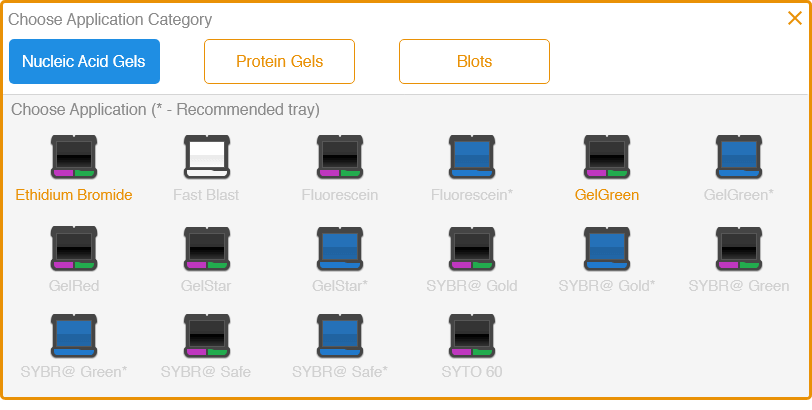
(See also our Frequency Editing Reimbursement Policy.) The frequency limit will also apply to any combination of these codes reported on the same date of service for the same member by the same provider. Unless an additional routine venipuncture/capillary blood collection is clinically necessary, the frequency limit for any of these services is once per member, per provider, per date of service.
#Bio rad m41 photoplan code
Routine Venipuncture/Capillary Blood Collection Routine venipuncture CPT codes 36415 and S9529 and capillary blood collection code 36416, are eligible for separate reimbursement when reported with an E/M and/or a laboratory service.

Routine Venipuncture and the Collection of Blood Specimen from BCBSĪ.
#Bio rad m41 photoplan professional
This policy addresses the Health Plan’s reimbursement policies pertaining to clinical laboratory and related laboratory services (e.g., venipuncture and the handling and conveyance of the specimen to the laboratory) for professional provider claims submitted on a Form CMS-1500, whether performed in a provider’s office, a hospital laboratory, or an independent laboratory Please refer to the coding section of this policy for the procedure code most applicable to the method of blood withdrawal. The most common method and site of venipuncture is the insertion of a needle into the cubital vein of the anterior forearm at the elbow fold. There are several different methods for the collection of a blood sample. Venipuncture is the process of withdrawing a sample of blood for the purpose of analysis or testing. The most common method and site of venipuncture is the insertion of a needle into the cubital vein of the anterior forearm at the elbow foldĬollection of a capillary blood specimen (36416) or of venous blood from an existing access line or by venipuncture that does not require a physician’s skill or a cutdown is considered “routine venipuncture Venipuncture is the most common method used to obtain blood samples for blood or serum lab procedures, and is sometimes referred to as a “blood draw.” Venipuncture or phlebotomy is the puncture of a vein with a needle to withdraw blood.

P96l5 – Catheterization for collection of specimen(s) Flashing is interpreted as a defensive response to potential predators.36415 Collection of venous blood by venipuncture – Fee schedule amount $3.10 – Private insurance pay upto $15ģ6416 Collection of capillary blood specimen (eg, finger, heel, ear stick) Fee schedule amount $3.1

We suggest that the unique anatomical and physiological characteristics of the luminescent system are related to the specialised ecological niche occupied by this species. conifera swims at Reynolds numbers of 10 to 50, and is normally associated with surfaces (e.g. The cytoplasm contains an extensive endoplasmic reticulum. The gland gross morphology is highly variable although each gland appears to be unicellular. Video observations show that individual glands flash repeatedly and the flash propagates along their lenght. Individual flashes had a maximum measured flux of 7.5 × 1010 quanta s−1, and the flash rate follows the stimulus frequency up to 30 s−1.

Intact copepods can produce several hundred flashes before the luminescent system is exhausted. Nevertheless each gland opens to the exterior by a simple valved pore. Bioluminescence is produced in the form of short (80 to 200 ms duration) flashes from within each gland and there is no visible secretory component. The small poecilostomatoid copepod Oncaea conifera Giesbrecht bears a large number of epidermal luminous glands, distributed primarily over the dorsal cephalosome and urosome.


 0 kommentar(er)
0 kommentar(er)
